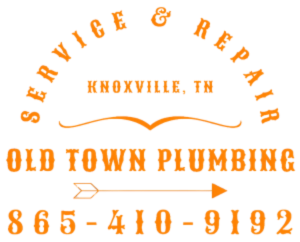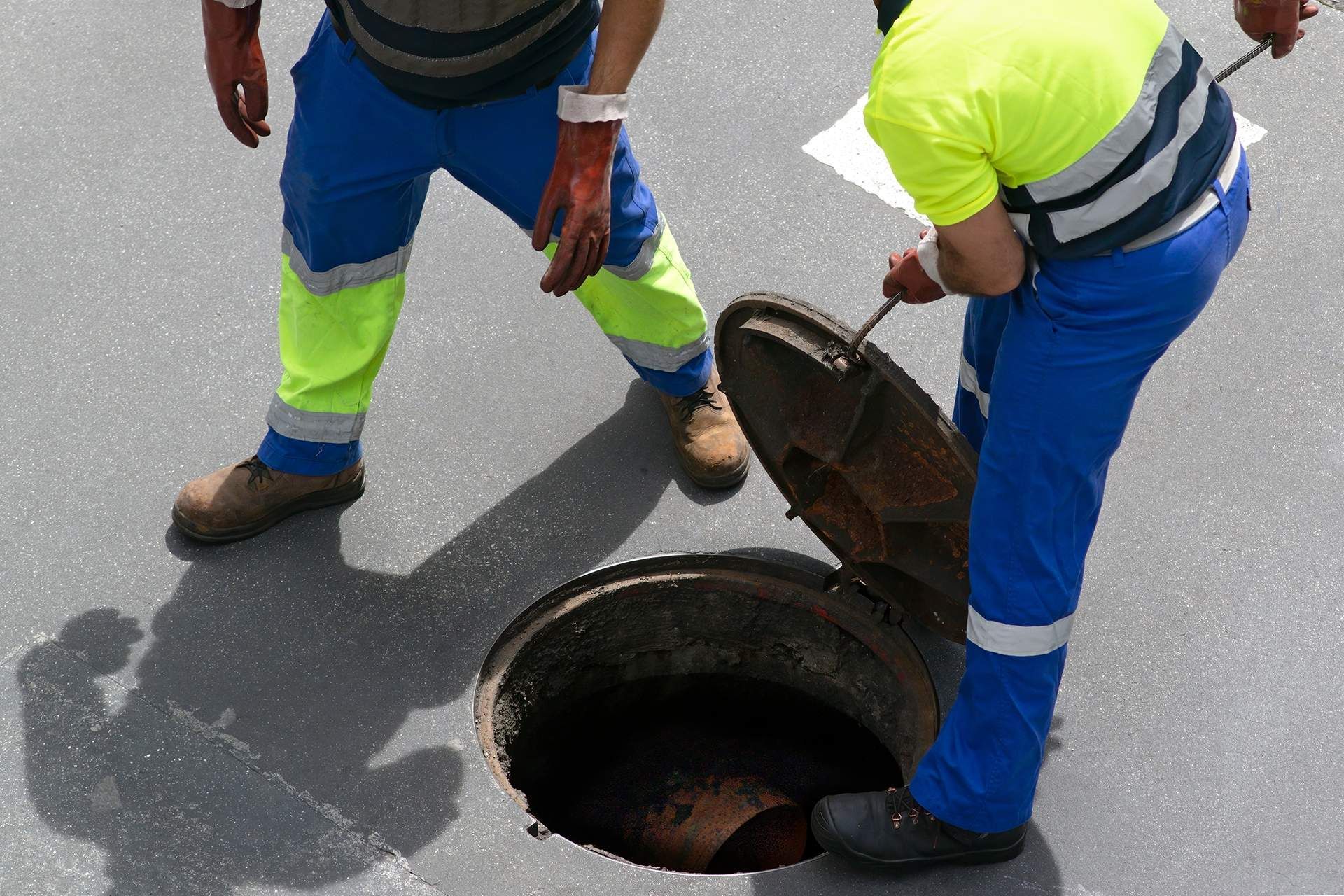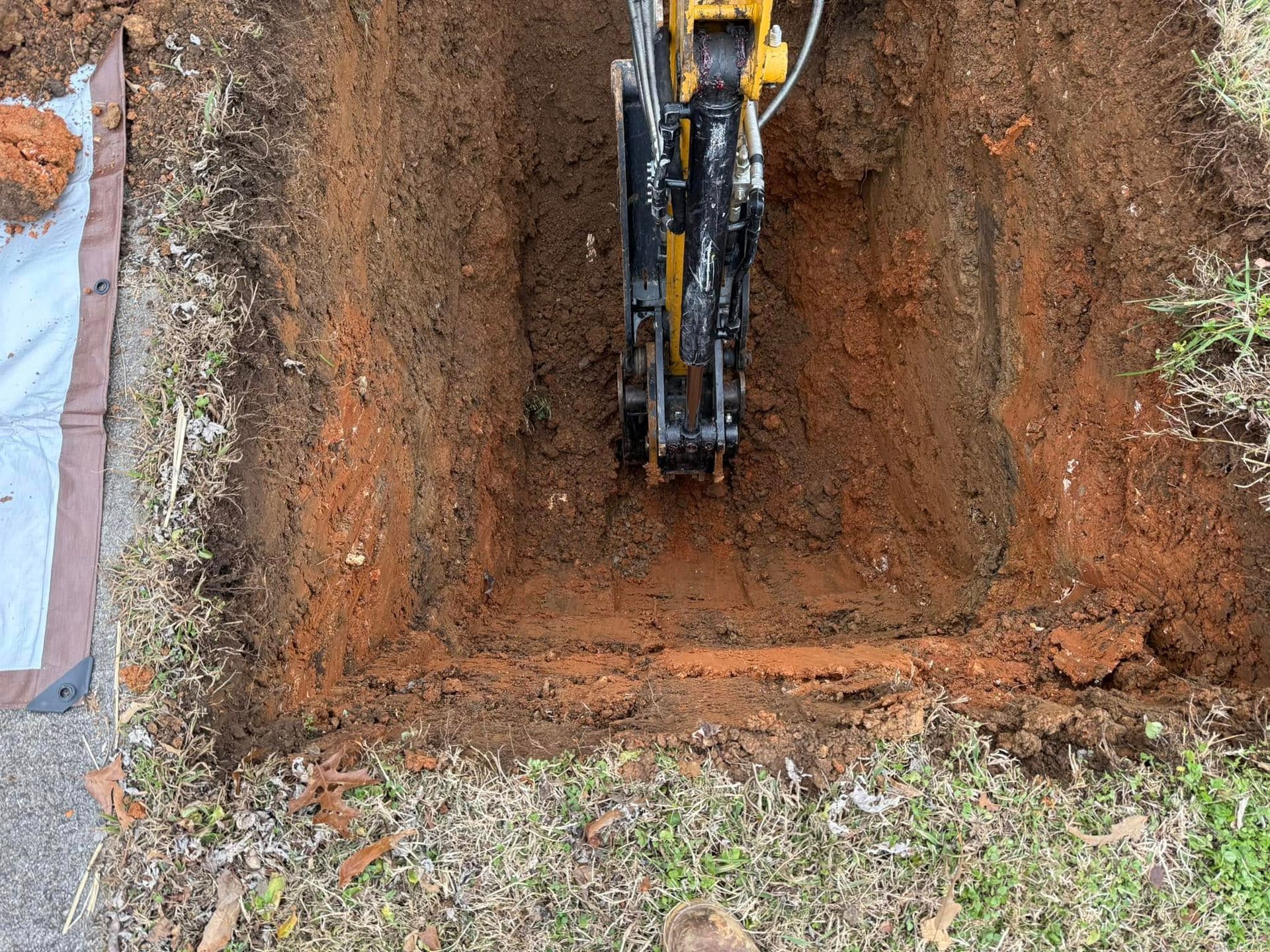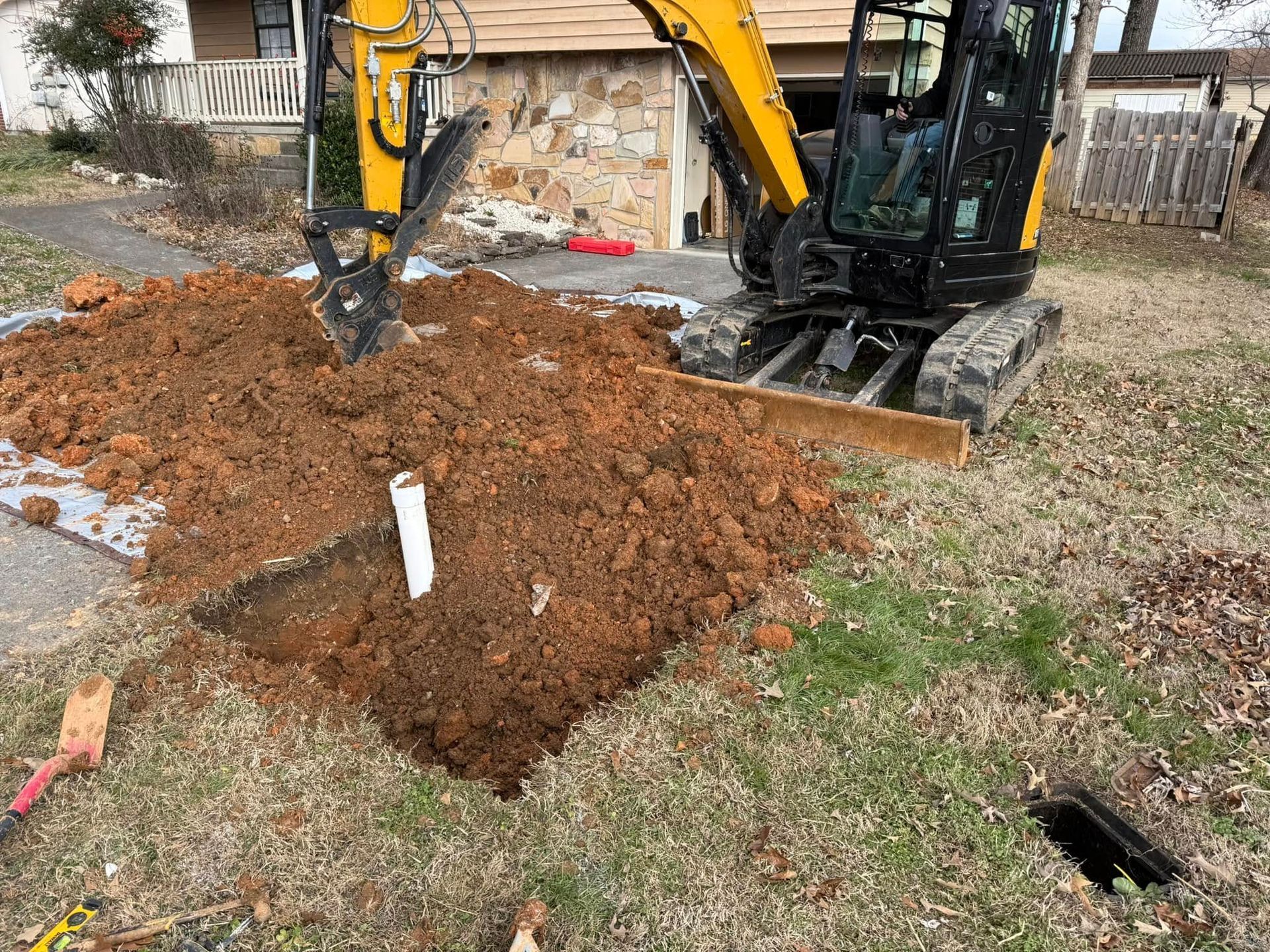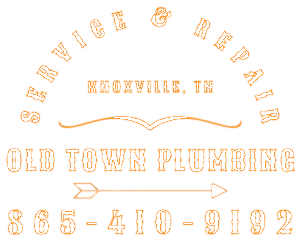How to Detect a Hidden Water Leak Before It Damages Your Home
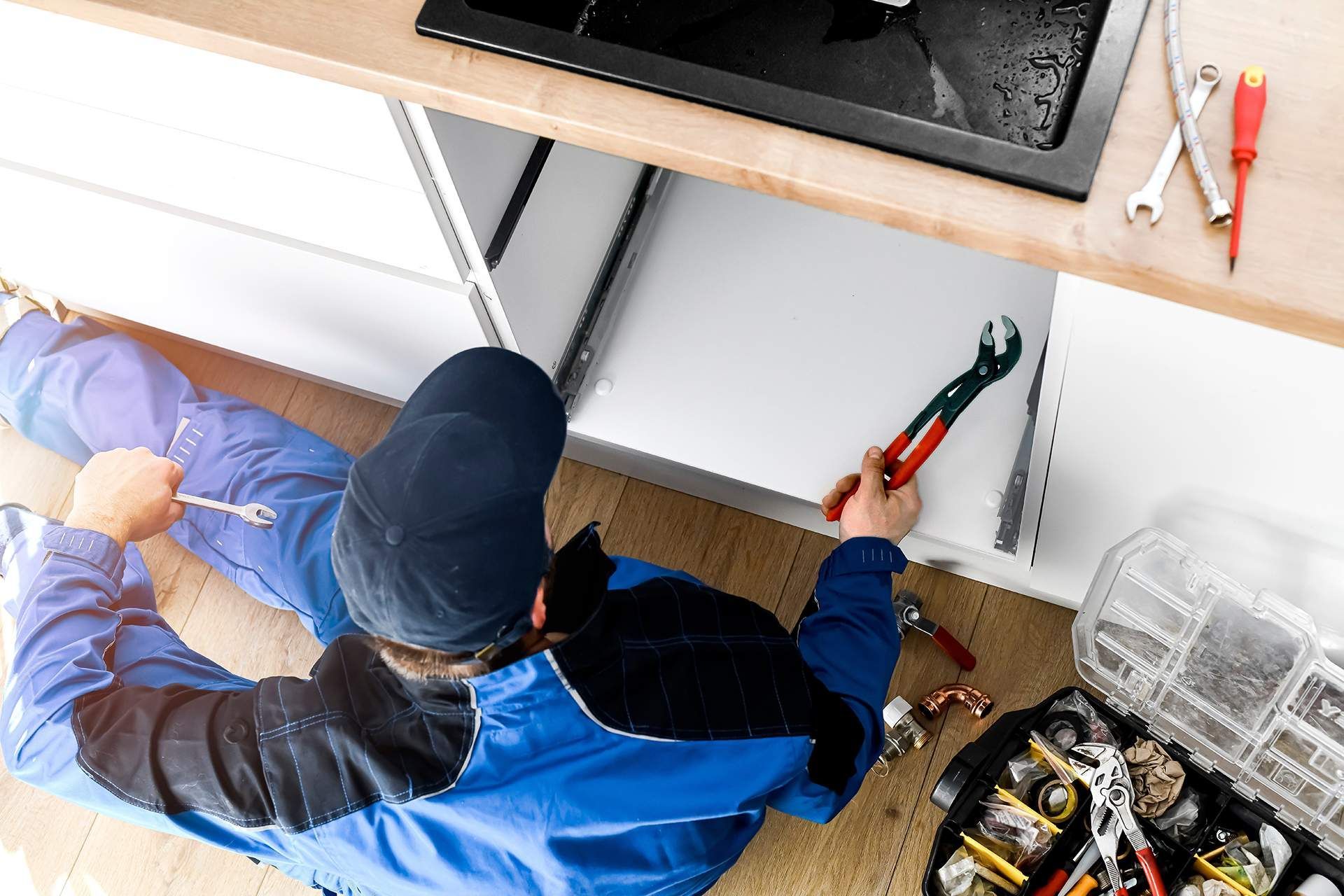
Table of Contents
- Understanding Hidden Water Leaks
- Subtle Signs Your Home May Be Leaking
- How Hidden Leaks Develop
- Practical Ways to Detect Leaks Before They Escalate
- Why Professional Detection Matters
- Preventing Future Plumbing Problems
- Conclusion
Key Takeaways
- Hidden water leaks can quietly cause structural damage, mold growth, and rising water bills if ignored.
- Early signs include unusual moisture, discoloration, musty odors, and unexpected spikes in water usage.
- Proactive leak detection and maintenance save money and protect your home.
- Professional expertise is invaluable when leaks are tough to locate or require advanced solutions.
Understanding Hidden Water Leaks
Few problems in a home remodel are as sneaky—or as costly—as a hidden water leak. We’ve been called into homes where everything seemed fine on the surface, but behind walls, under floors, or inside ceilings, water was silently wreaking havoc. Homeowners don’t always realize that plumbing leaks can be present for months before anyone notices. Early awareness of leaks can save thousands in repairs and prevent damage to your home.
Hidden leaks quietly compromise your home’s structure, promote mold, and inflate water bills without a visible puddle to blame. They might be lurking behind an old bathroom vanity, beneath the flooring in a laundry area, or inside walls where outdated plumbing once ran. By the time signs become obvious—stains on walls, warped flooring, or a ceiling bubble—the damage has already been underway.
In our experience, early action and proper
leak detection are the difference between a minor repair and a full-scale renovation nightmare. Detecting a hidden water leak early not only protects your home but also provides peace of mind during remodels and upgrades.
Subtle Signs Your Home May Be Leaking
Detecting a leak isn’t always about seeing water dripping. Some of the most obvious signs are subtle and easy to overlook during everyday life.
- Unexplained Water Bills
One of the earliest red flags is a spike in your water bill. Even small leaks add up surprisingly fast. We’ve seen families puzzled over bills double their usual amount, only to find a pinhole leak behind a washing machine wall panel. Tracking your monthly usage compared to historical averages can alert you to a problem before water causes visible damage. - Musty or Moldy Smells
A faint, persistent odor that doesn’t go away with cleaning often signals a hidden leak. Mold and mildew thrive in damp, concealed spaces, and the smell is usually the first thing noticed—before any water stain. During one inspection, a homeowner thought the smell came from a rug, but it was actually a slow leak behind the bathroom wall, feeding a small but growing patch of mold. - Discoloration or Warping
Yellowish stains, peeling paint, or warping on walls and ceilings can indicate moisture intrusion. Floors that suddenly feel soft, tiles that lift, or hardwood that cups are also warning signs. Changes like these are gradual, which is why careful observation is important during remodel projects or when evaluating older homes. - Persistent Sounds of Running Water
Even if every faucet is off, a soft trickle or hissing inside walls, floors, or ceilings can indicate a leak. It’s subtle, but noticeable once you start listening carefully, especially at night. - Foundation or Structural Issues
Slow leaks under a home can weaken foundational structures. Cracks in the foundation, soft spots in floors, or shifting drywall can all be linked to hidden moisture. In older homes where pipes may have been patched multiple times, these signs should never be ignored.
Paying attention to these subtle hints can help homeowners catch problems early, saving money and stress. For more plumbing maintenance tips, see our article on top reasons for a slow-draining toilet.
How Hidden Leaks Develop
Not all leaks are created equal. Understanding how they form helps prevent them and guides swift action when necessary:
- Aging Plumbing: Old metal or PVC pipes are prone to corrosion and cracks. Homes built decades ago often have plumbing nearing the end of its lifespan, making plumbing leaks more likely.
- Water Pressure Problems: Excessive water pressure strains pipes, loosening connections and causing leaks over time.
- Temperature Changes: In regions with freezing winters or hot summers, pipes expand and contract, sometimes splitting or loosening connections.
- Improper Installation or Repairs: A faucet installed too tightly or a patch done incorrectly can become a leak source months later.
- Appliance Malfunctions: Dishwashers, washing machines, and water heaters can develop leaks internally, often behind panels where they aren’t visible.
In every remodel we handle, leak detection is one of the first steps—before demo or installation begins. Spotting leaks early avoids surprise costs and keeps renovations on schedule.
Practical Ways to Detect Leaks Before They Escalate
Even if you aren’t a plumber, practical steps can identify hidden leaks before serious damage occurs:
- Track Your Water Meter – Turn off all water-using appliances and check your meter. If it continues moving, you likely have a leak.
- Inspect Common Areas – Check under sinks, around toilets, near water heaters, and behind appliances for moisture, stains, or dripping.
- Use Dye Tests in Toilets – Add food coloring to your toilet tank. If the bowl changes color without flushing, there’s a leak in the flapper or tank mechanism.
- Listen Carefully – Walk through your home with all water off and listen for trickling, hissing, or dripping sounds.
- Thermal or Moisture Cameras – For stubborn leaks, thermal imaging cameras reveal moisture behind walls and under floors, used by professionals or DIY enthusiasts.
Even small leaks can escalate quickly. Catching them early is key, especially when renovating or upgrading bathrooms and fixtures. Learn more about professional plumbing repairs for advanced solutions.
Why Professional Detection Matters
While DIY methods help, professional expertise is invaluable. Licensed plumbers use advanced detection equipment like electronic sensors, pressure-testing systems, and infrared cameras to locate leaks without tearing up walls.
Call professionals when:
- The leak is behind walls, ceilings, or floors
- Water damage is visible
- Mold or mildew is present
- Pipes are old, corroded, or complex
We’ve seen DIY attempts lead to frustration. Professionals can pinpoint leaks in minutes, saving homeowners unnecessary demolition and keeping remodels on track.
Preventing Future Plumbing Problems
The best way to avoid hidden leaks is proactive maintenance:
- Routine Plumbing Inspections: Schedule inspections to catch early wear or leaks.
- Monitor Water Bills: Track usage for sudden increases.
- Install Leak Detection Devices: Smart sensors alert you immediately.
- Maintain Appliances: Check washing machines, dishwashers, and water heaters periodically.
- Control Water Pressure: Regulators protect pipes from stress and reduce leak risk.
Prevention is especially important in older homes, where hidden leaks often linger behind decades of prior plumbing work.
Conclusion
A hidden water leak is more than an inconvenience—it’s a silent threat to your home’s structure, safety, and wallet. Recognizing subtle signs like high water bills, musty odors, discoloration, or soft floors, and employing practical detection methods, allows you to catch leaks before they become major issues.
Early leak detection saves remodelers time, money, and stress. When in doubt—or when leaks are beyond a simple fix—calling professionals ensures your home stays dry, safe, and structurally sound.
At
Old Town Plumbing, we specialize in thorough
plumbing leak detection, precise repairs, and long-term solutions for homeowners who care about their properties. Visit us at Old Town Plumbing, call
(314) 363-6554, or
contact us to schedule a consultation today. Let’s help you protect your home, your remodel, and your peace of mind.
Frequently Asked Questions
How can we detect a hidden water leak in our home?
We recommend checking water bills for spikes, listening for trickling sounds, inspecting behind sinks and appliances, and using dye tests in toilets. For tough cases, our professional leak detection tools can pinpoint issues without unnecessary demolition.
What are the signs of plumbing leaks we should watch for?
We look for musty odors, discoloration on walls or ceilings, warped floors, and unusual sounds. Even minor signs can indicate plumbing leaks that, if ignored, may cause serious damage over time.
Can small hidden water leaks cause big problems?
Absolutely. We’ve seen tiny leaks behind walls or under floors compromise structures, increase water bills, and promote mold. Early leak detection helps us address them before they escalate into costly repairs.
How do we prevent hidden water leaks from developing?
We recommend regular plumbing inspections, monitoring water usage, maintaining appliances, and installing leak detection sensors. Proactive steps help us catch potential plumbing leaks before they turn into major headaches.
When should we call professionals for a hidden water leak?
We call in experts when leaks are behind walls, floors, or ceilings, or when mold or water damage is visible. Professional leak detection ensures we fix the problem accurately without unnecessary demolition.
